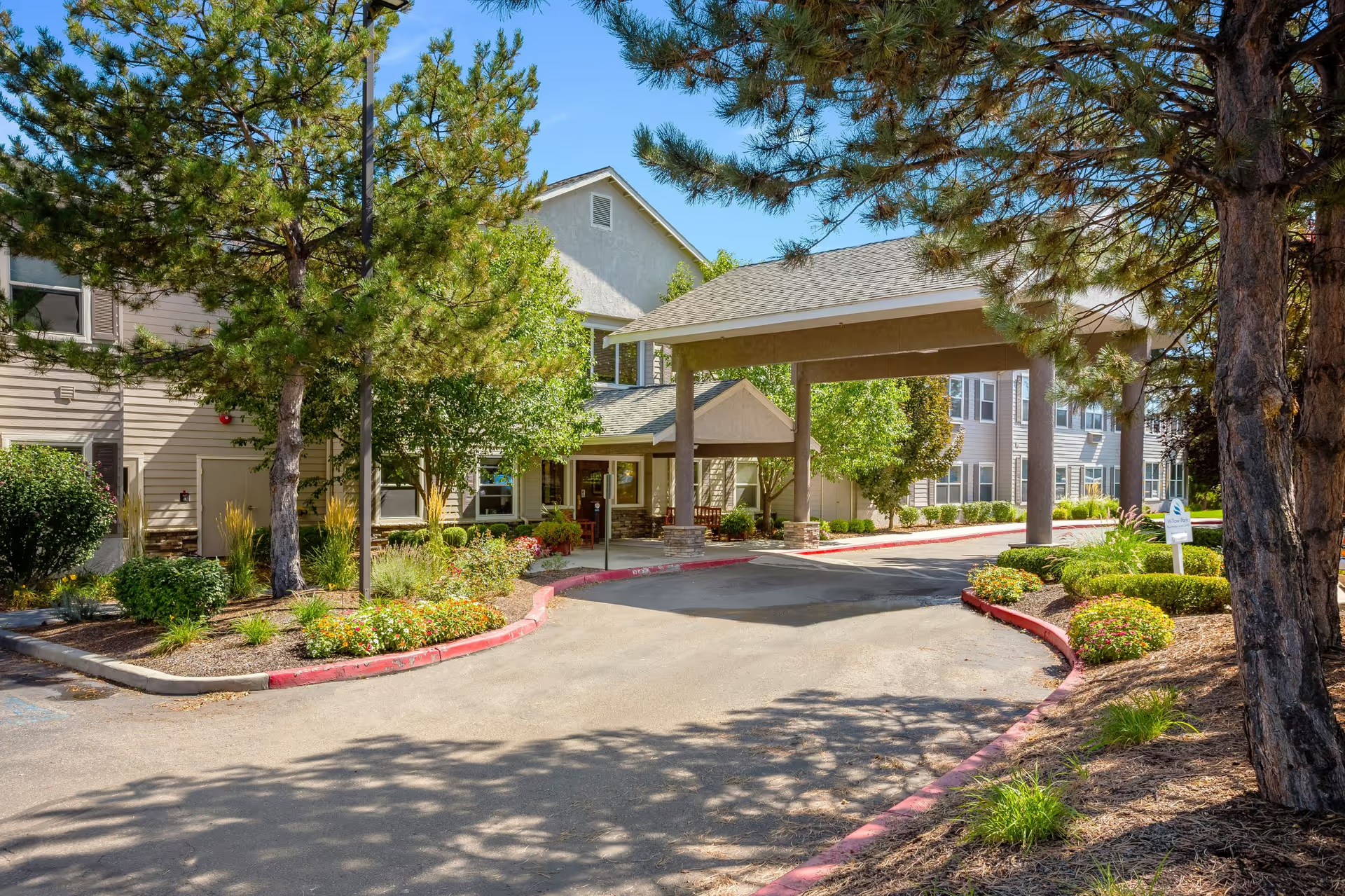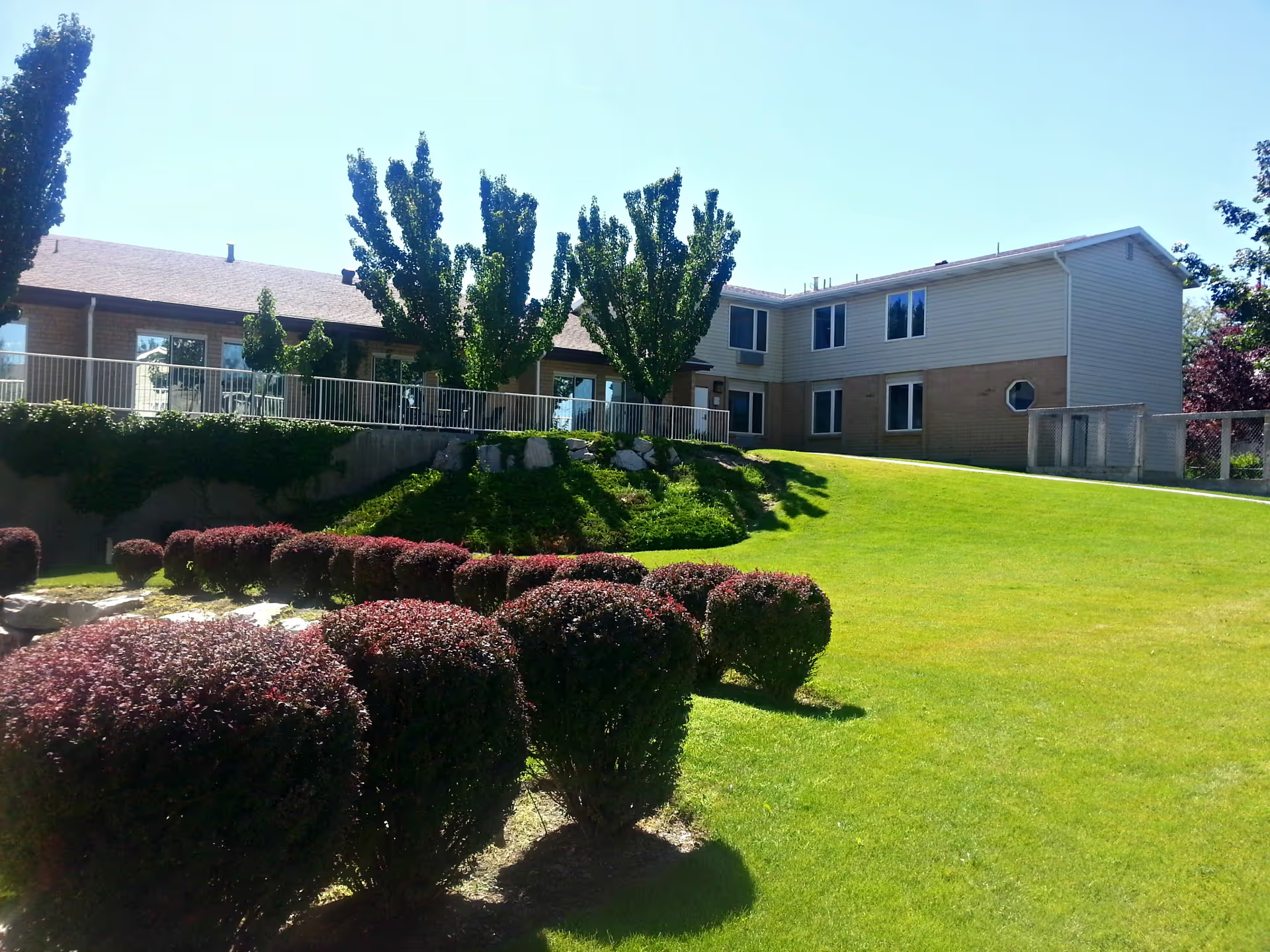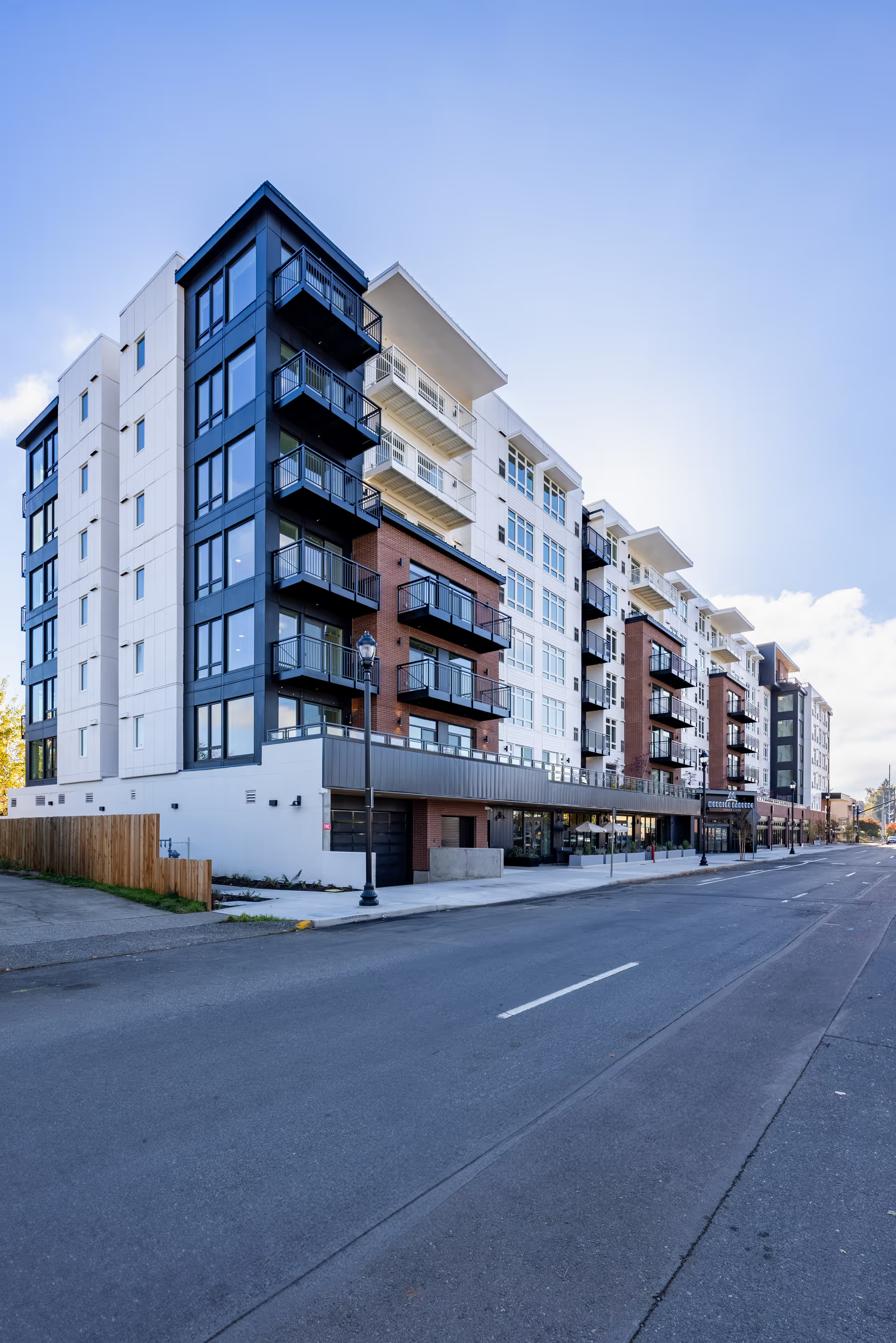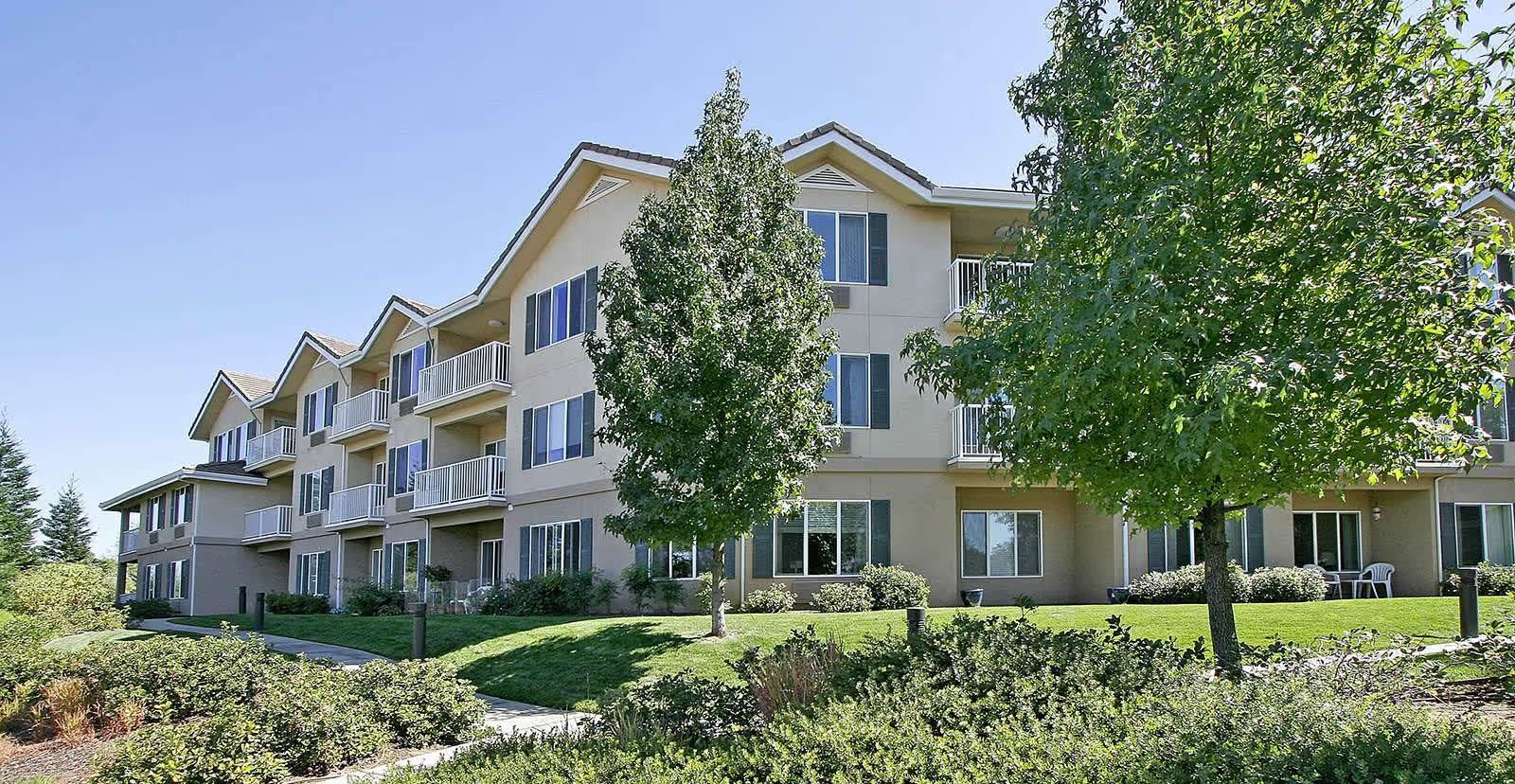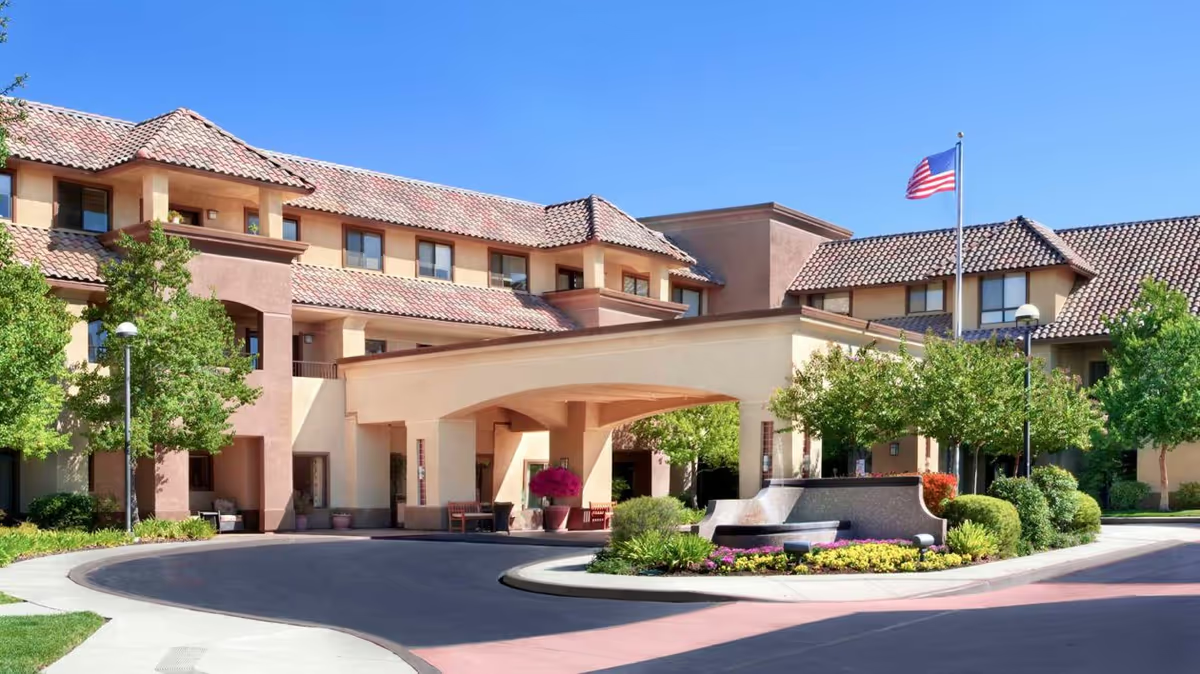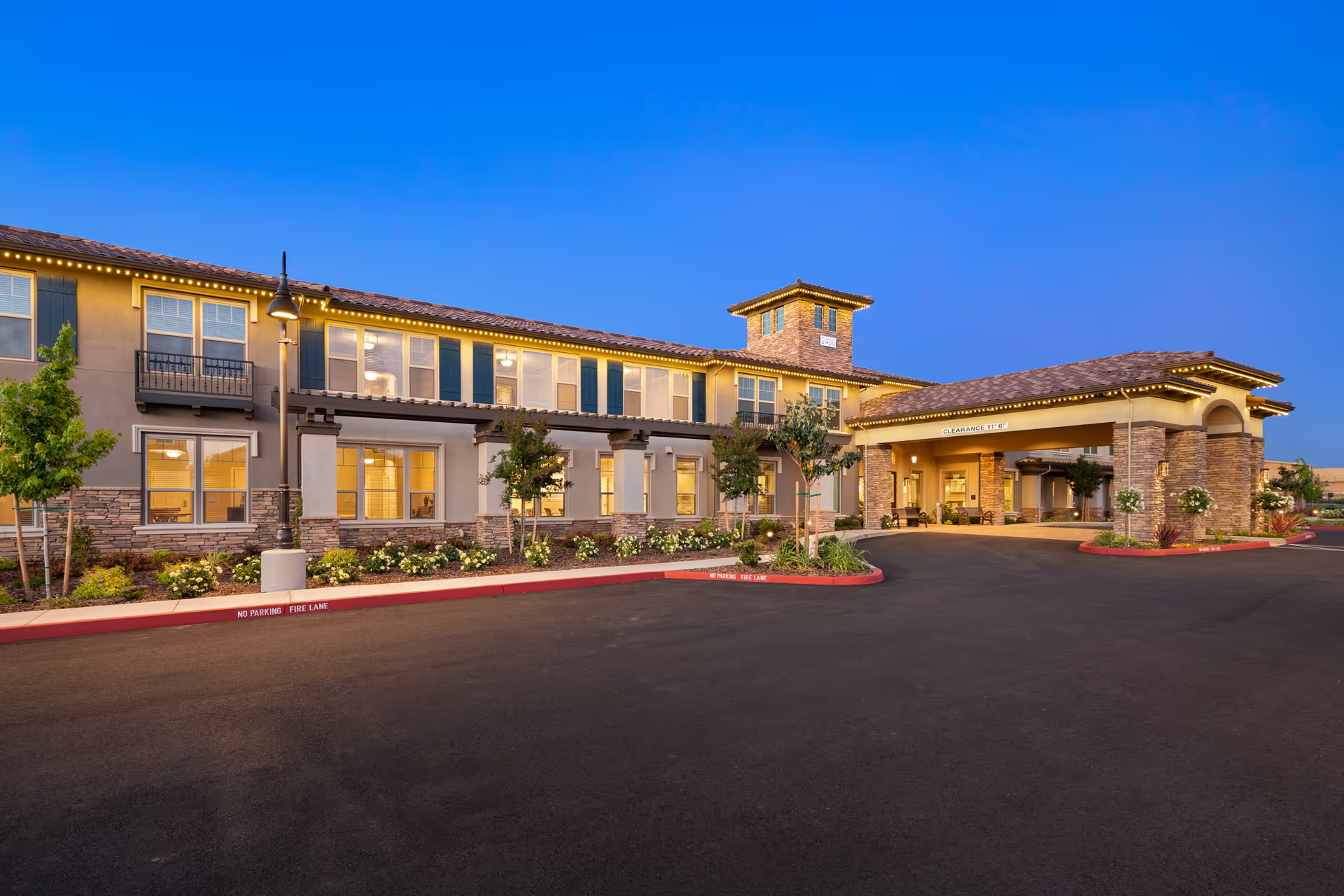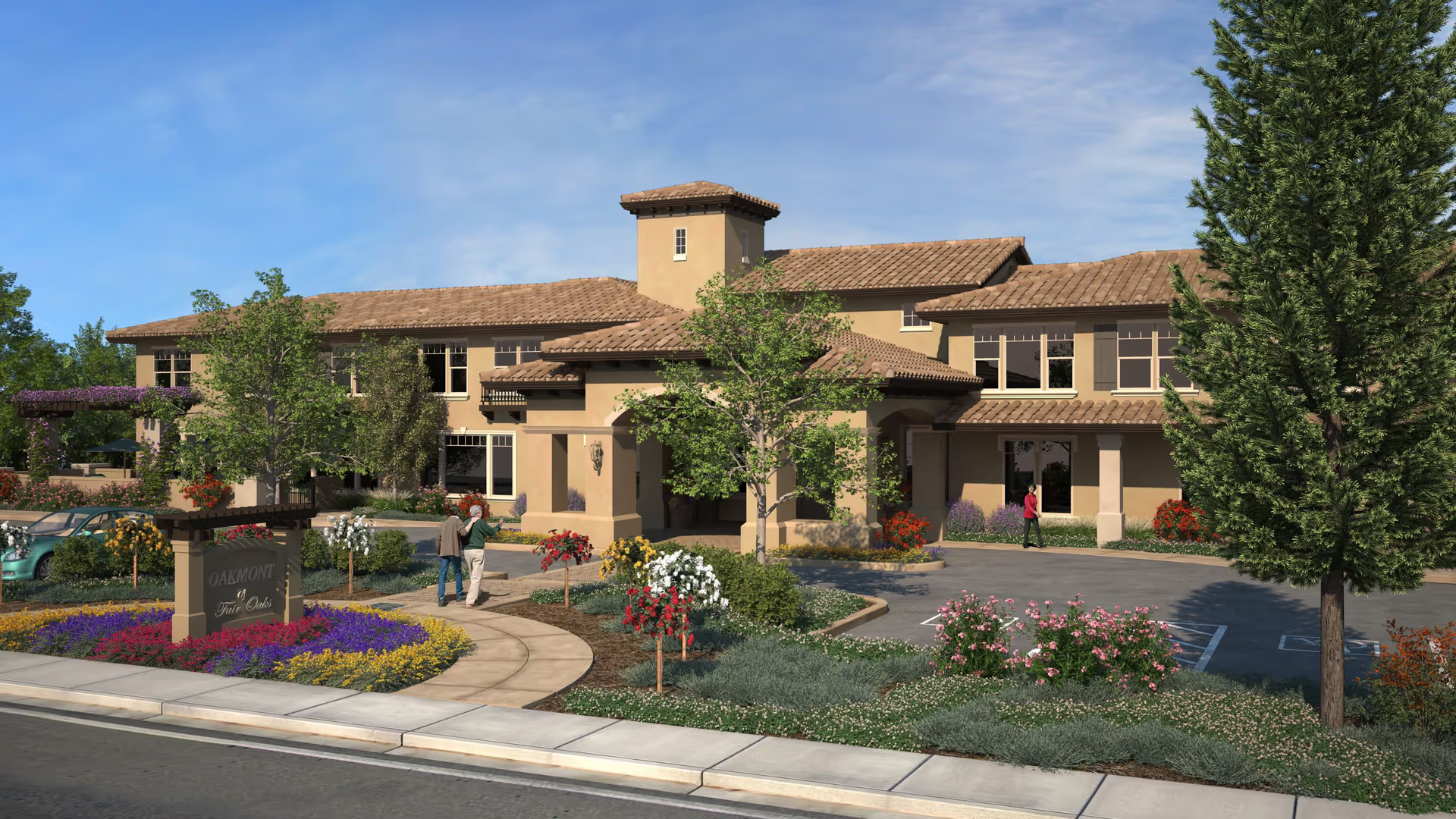Overall impression: Reviews of Bennett Hills Rehabilitation and Care Center are strongly mixed, with a clear pattern of polarized experiences. A substantial number of reviewers praise the facility for excellent rehabilitation outcomes, attentive therapists, compassionate frontline caregivers and a clean, home-like setting. At the same time, multiple families describe significant administrative and clinical lapses — including poor communication, missed medications/meals, safety incidents, and inconsistent nursing care — that rise to the level of serious concerns. The result is a facility that appears capable of delivering high-quality rehabilitative care and compassionate support for some residents, while leaving others and their families feeling neglected and alarmed.
Care quality and clinical oversight: Physical and occupational therapy are consistently highlighted as strengths. Several reviewers reported measurable rehabilitation success and positive interactions with therapists. Nursing and CNA care receive both praise and criticism: many families describe friendly, helpful, and attentive staff, but others recount erratic or unresponsive nursing, delayed medication delivery, missed dialysis-related medications/meals, residents left in urine, and inadequate assistance with activities of daily living. There are also reports of medication changes that caused excessive sleepiness and confusion, a lack of physician follow-up after the first night, and at least one serious fall resulting in multiple broken ribs. These clinical lapses — particularly missed medications, inadequate monitoring after admission, and equipment issues such as CPAP not set up — indicate variability in medical oversight and staff training.
Staff, communication and administration: Communication is a major fault line in the reviews. Several families portray administration as an "administration nightmare" with unanswered questions, no front desk presence, infrequent updates, and ignored family information. Conversely, other reviewers praise specific employees who were highly communicative, unlocked phones, placed calls from residents' phones, and otherwise went above and beyond to solve problems. This contrast suggests uneven performance across shifts, roles, or individual staff members. Concerns about admission paperwork handling (including DNR issues), lack of accessible policies/schedules, and training gaps were flagged by multiple reviewers and reinforce impressions of inconsistent administrative processes.
Facilities, cleanliness and environment: Many reviewers describe Bennett Hills as clean, small, and home-like, with a neighborhood or family atmosphere and pleasant building aesthetics. However, some accounts conflict: a few families reported sticky or dirty floors and an instance where cleaning occurred only after complaints. Room overcrowding and privacy issues were also mentioned. Overall, the physical environment appears positive for most residents but not uniformly so; cleanliness and comfort may depend on unit or timing.
Dining and activities: Dining receives mixed marks. Several reviewers enjoyed good food, wide choices, and praised meals and variety, while a smaller group disliked the food or wanted more variety. Activities reports are similarly split: some families lauded "stellar" programs and social opportunities that made the facility feel like home, whereas other reviewers said there were no social programs, residents sat idle, and no schedules were provided. These contradictory reports again point to variability in resident experience, possibly related to differing expectations, lengths of stay (short rehab vs. long-term), or inconsistencies in programming.
Patterns and notable concerns: The dominant pattern across all reviews is high variability — excellent rehab and compassionate care versus dangerous lapses in communication and basic nursing support. The most significant red flags to emerge are missed or delayed medications (including dialysis), medication changes causing cognitive/functional decline, inconsistent call-light responses, reported neglect (left in urine, dehydration risk), and at least one severe fall. Administrative issues — missing or mishandled paperwork, lack of policy transparency, front desk gaps, and poor family communication — are repeatedly cited and compound the clinical concerns.
Conclusion and implications: Bennett Hills demonstrates clear strengths in rehabilitation services, many compassionate and committed staff members, and a generally pleasant facility atmosphere for many residents. However, the frequency and severity of negative reports in critical areas (medication management, response times, safety, and administration/communication) cannot be ignored. Prospective residents and families should be aware of this variability: ask specific, targeted questions during tours and admissions (medication reconciliation and management, call-light response protocols, staffing levels, fall-prevention measures, CPAP handling, physician follow-up procedures, and how activities are scheduled), request to meet nursing leadership, and seek recent unit-level staffing and incident information. These steps can help determine whether the facility's strengths align with an individual resident's needs and whether management has addressed the concerns other families reported.
